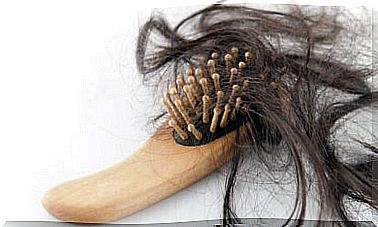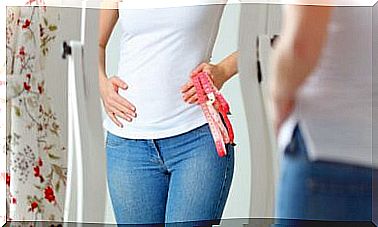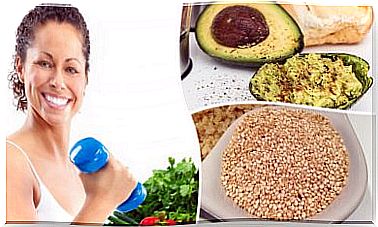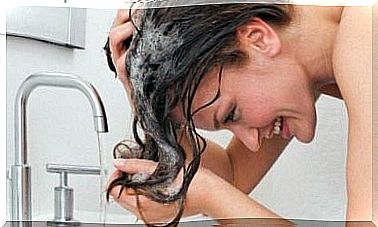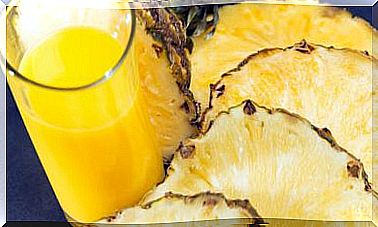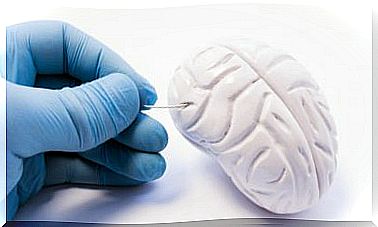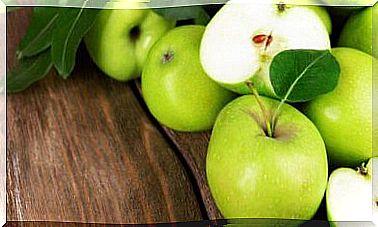5 Tips To Eliminate Retained Liquids
Eliminating retained fluids is not only about reducing salt intake, but about improving a whole series of lifestyle habits. Let’s see more below.
Hormonal changes, some diseases (such as hypertension) and other factors can cause the body to retain fluids and experience discomfort, such as swelling of the limbs, for example, tingling, pain, etc.
Fluid retention is not a disease as such, but a clinical sign. Its lack of treatment can affect the quality of life, so it is advisable to go to the doctor and follow his instructions. Additionally, you can put some tips into practice, like the ones we are going to comment on below.
What is fluid retention?
Fluid retention, also known as edema, occurs due to an alteration in the circulatory and lymphatic system, in turn related to hormonal problems, bad habits and genetics. It can also occur as a consequence of:
- Menopause.
- Heart problems.
- Gestation period.
- Liver or kidney failure
- High blood pressure (hypertension).
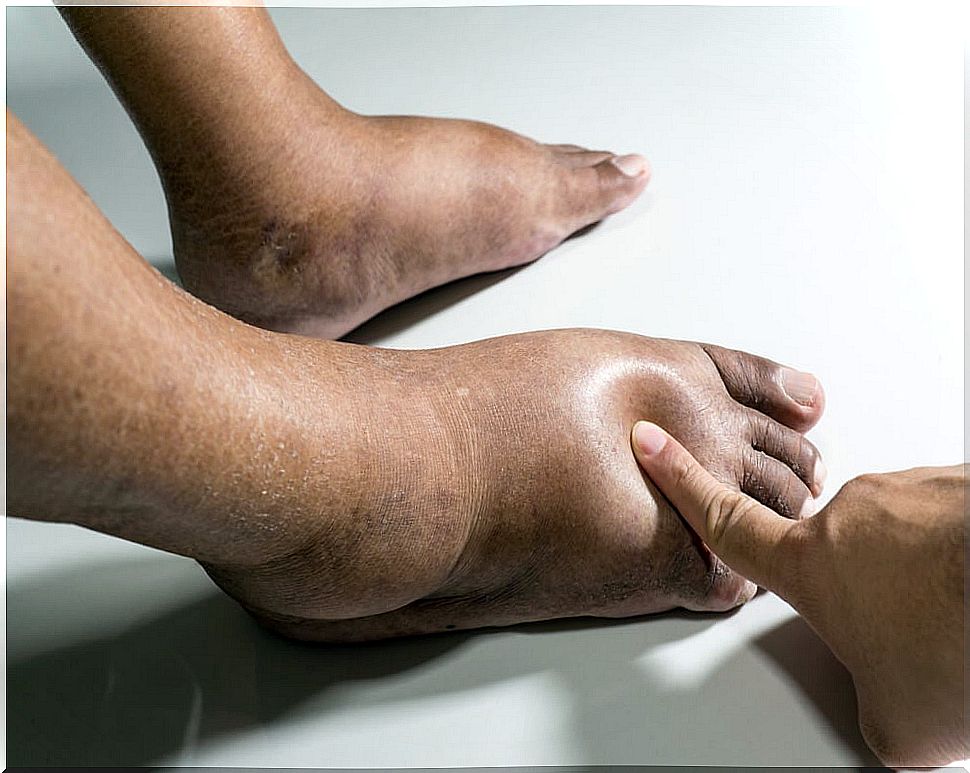
Symptoms of fluid retention
As we have already mentioned, the main symptom of edema is swelling of the extremities (especially the legs). However, depending on your trigger, the discomfort may vary. The most commons are:
- Swelling of the abdomen, face and hips.
- Stiffness in the joints.
- Weight fluctuations.
- Tingling and weakness
- Feeling of heaviness
- Night cramps
Tips for removing retained fluids
In addition to following the instructions of your doctor, it is advisable that you maintain good lifestyle habits to avoid fluid retention. Below we will expose some of the most relevant.
1. Include diuretic foods in the diet
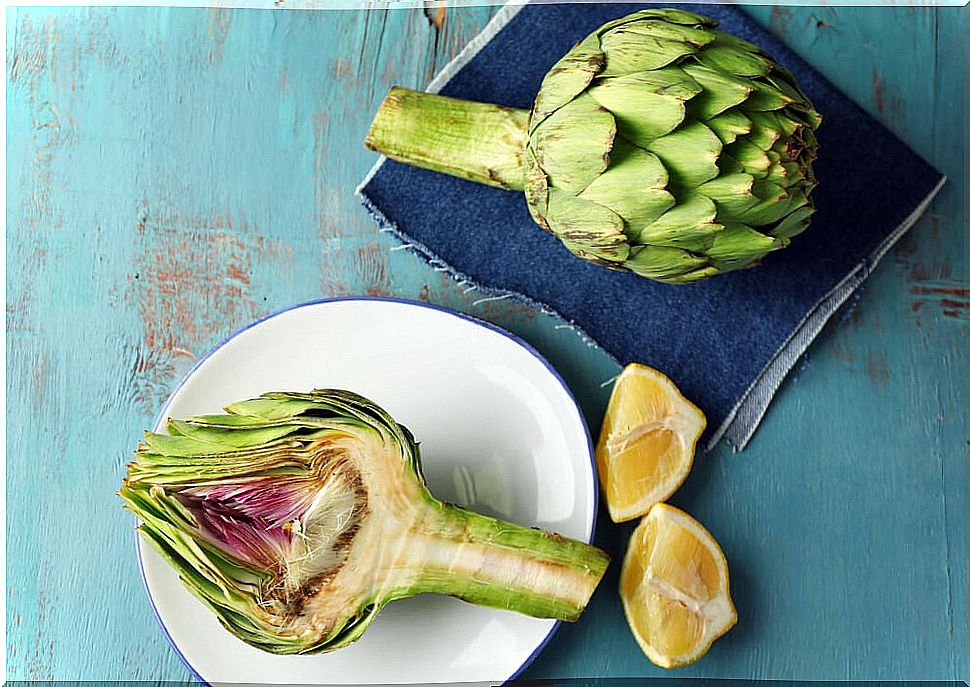
Foods with a high water content (such as fruits) not only help hydrate the body, but also promote urination, something that undoubtedly helps prevent fluid retention.
Some of the most recommended options are the following: pineapple, watermelon, grapefruit melon, tomato, artichokes and asparagus, but keep in mind that these should always be included in a balanced diet. Never as the sole source of food.
2. Follow a healthy diet
Maintaining a balanced diet is essential for good health. And clearly, to avoid or combat fluid retention it is not necessary to rely solely on the consumption of diuretic foods.
The idea is to maintain a diet that includes all the food groups, in moderation and in sufficient quantities : fruits, vegetables, whole grains, meats, dairy products, and so on.
Experts in the area of nutrition suggest eating several meals a day, a total of about six. This way we will make sure to maintain a balanced and sufficient diet.
3. Avoid foods rich in sodium
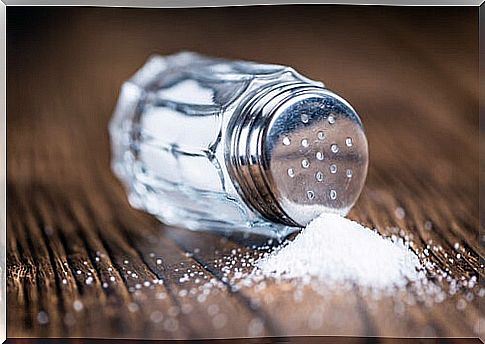
Another recommendation related to eating habits to eliminate retained fluids is not to include foods rich in sodium in the diet. One of the most popular is added salt. This substance, used to season food, is detrimental to the health of the circulatory system and the lymphatic system.
Due to this, taking it in excessive amounts alters inflammatory processes and produces edema. It also increases blood pressure and impairs kidney function. It should be noted that sodium is present in:
- Refreshments.
- Ultra-processed.
- Industrial beverages.
- Canned food.
- Pickled edibles.
- Stuffed and cured meats.
- Bread and industrial bakery products.
4. Drink water
Although it reads a bit contradictory, taking into account the goal of eliminating fluids, drinking water favors the expulsion of those that are retained in the body. This practice stimulates the urinary system and kidneys.
- It is not about drinking 2 liters of water a day, but about drinking enough water depending on the activities that are carried out and other aspects.
5. Exercise
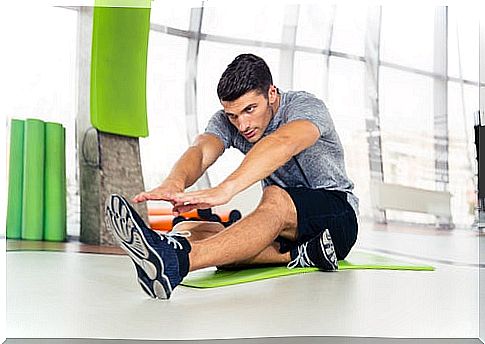
Physical effort contributes to the general well-being of the body. This not only helps to hypertrophy muscle tone or avoid sedentary lifestyle, it is also responsible for expelling all kinds of harmful elements through sweat.
- Within this effort, the most recommended is aerobic physical exercise. This encourages excessive sweating, which is why the liquids retained in the tissues begin to come out gradually.
We can also consider the possibility of starting in some sport, since the vast majority require aerobic effort. Among the most effective we find cycling, swimming, and athletics.
Physical activity is key
To eliminate retained fluids and avoid frequently suffering from heaviness, swelling and even pain, it is advisable to improve the aspects mentioned above, and at the same time, adopt an active lifestyle.
Remember that if you have any questions, you can always consult your doctor. The professional will be able to guide you on how you can improve your habits, depending on the needs of your body, your current state of health and goals to be achieved.

